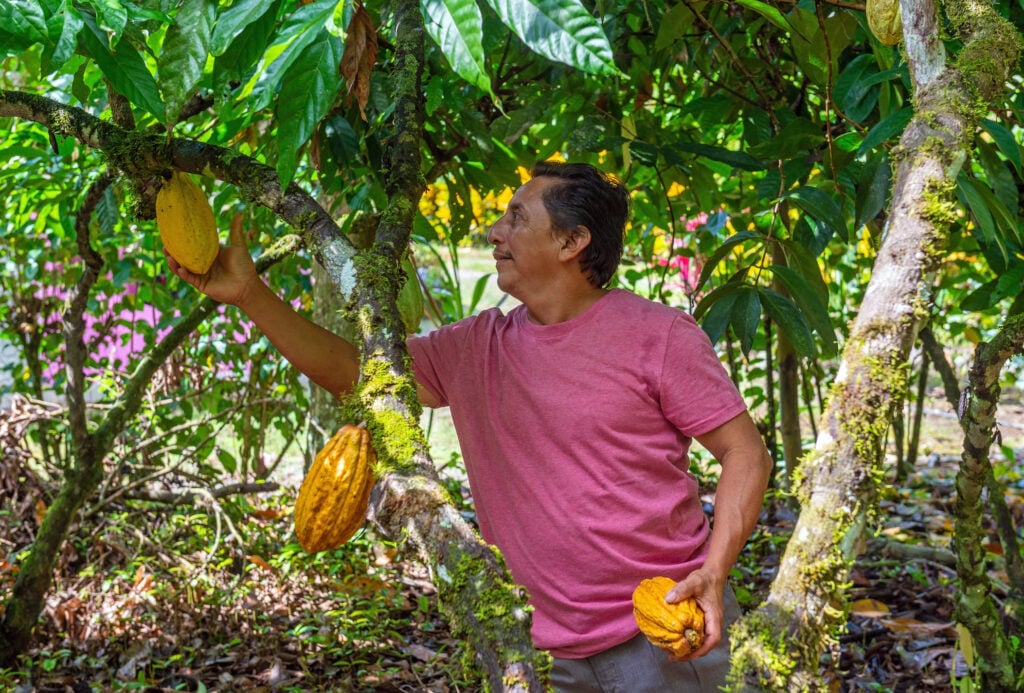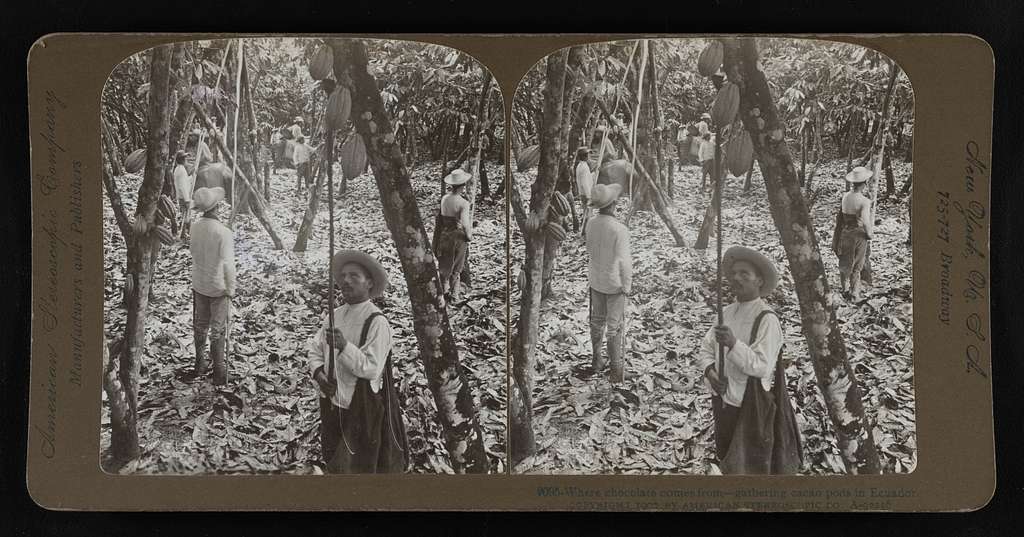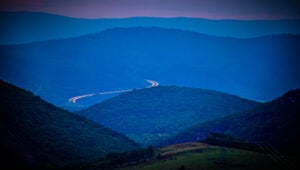Known as Nacional, the prized heirloom cacao bean was commonplace across the Ecuadorian rainforest in the late 1800s, and instrumental to the then burgeoning country’s growing economy. But disease in the early 20th century appeared to wipe the precious chocolate out entirely.
Then, in 2011, scientists discovered a handful of cocoa trees with Nacional DNA. This is the story of how they’re now trying to save the world’s most coveted chocolate.

The effort is being orchestrated through a large-scale partnership between local governments, growers, sellers and Ecuador’s ecological preservationists. Together, they have successfully brought Nacional back from the apparent dead, and are now growing it across specially designated farmland.
It makes them the latest in a long line of Nacional growers. Scholars and historians estimate that Nacional was first cultivated in what is now Ecuador’s Zamora Chinchipe province over 5,000 years ago. There is evidence of ancient peoples planting Nacional trees nearer to the coast, and then colonists began planting and exporting cocoa beans to Europe. Nacional was the pick of the bunch, as Ecuador gained a global reputation for the strength of its beans and as chocolate popularity soared in Europe.
Read More: How what3words overcame the language barrier to redefine global navigation
The initial setback for Nacional trees and trade came in 1916 and affected cacao crops across the country. It was called frosty pod rot and put Nacional harvests on the brink. Then, just three years later, in 1919, a case of witches’ broom disease was found throughout the remaining Nacional trees. With cacao yields again falling throughout Ecuador, the farmers introduced foreign and hybrid kinds of beans, and it was thought the prized Nacional was extinct, its taste confined to history.
But though Ecuador had been the world’s largest Nacional producer, neighboring Peru also previously had the bean. Despite the unsuccessful efforts to refind it over the best part of a century in Ecuador, scientists found a small group in Peru and began resurveying the cocoa trees in Ecuador.
In 2011, a big breakthrough came. The Heirloom Cacao Preservation Fund and Freddy Amores, a scientist in Ecuador’s Ministry of Agriculture, found 47 previously unknown cocoa trees in an area known as Piedra de Plata and analyzed their DNA. Nine, it turned out, were over 100% Nacional. Overnight, the known population of Nacional trees had more than doubled.

The issue was each of these trees was over 100 years old and likely to die soon. So, in 2018, a conservation nonprofit called the Third Millennium Alliance (TMA) established a giant genetic bank where they could replicate the ancient Nacional trees. The area was part of the Jama-Coaque Reserve in Manabí, which measures over 2,000 acres and was already the site of heirloom cacao plants.
Making sure there was no cross-pollination, compromising the purity of the Nacional, the TMA successfully planted 189 clones. There was another success in almost all of the trees sprouting the distinctive yellow Nacional pods.
While it is slower-going than some other cocoa trees, each plant can produce up to 5,000 pure Nacional seedlings each year. Local farmers are being trained to cultivate the pods and receive greater compensation as an incentive for regrowing the rare plant.





